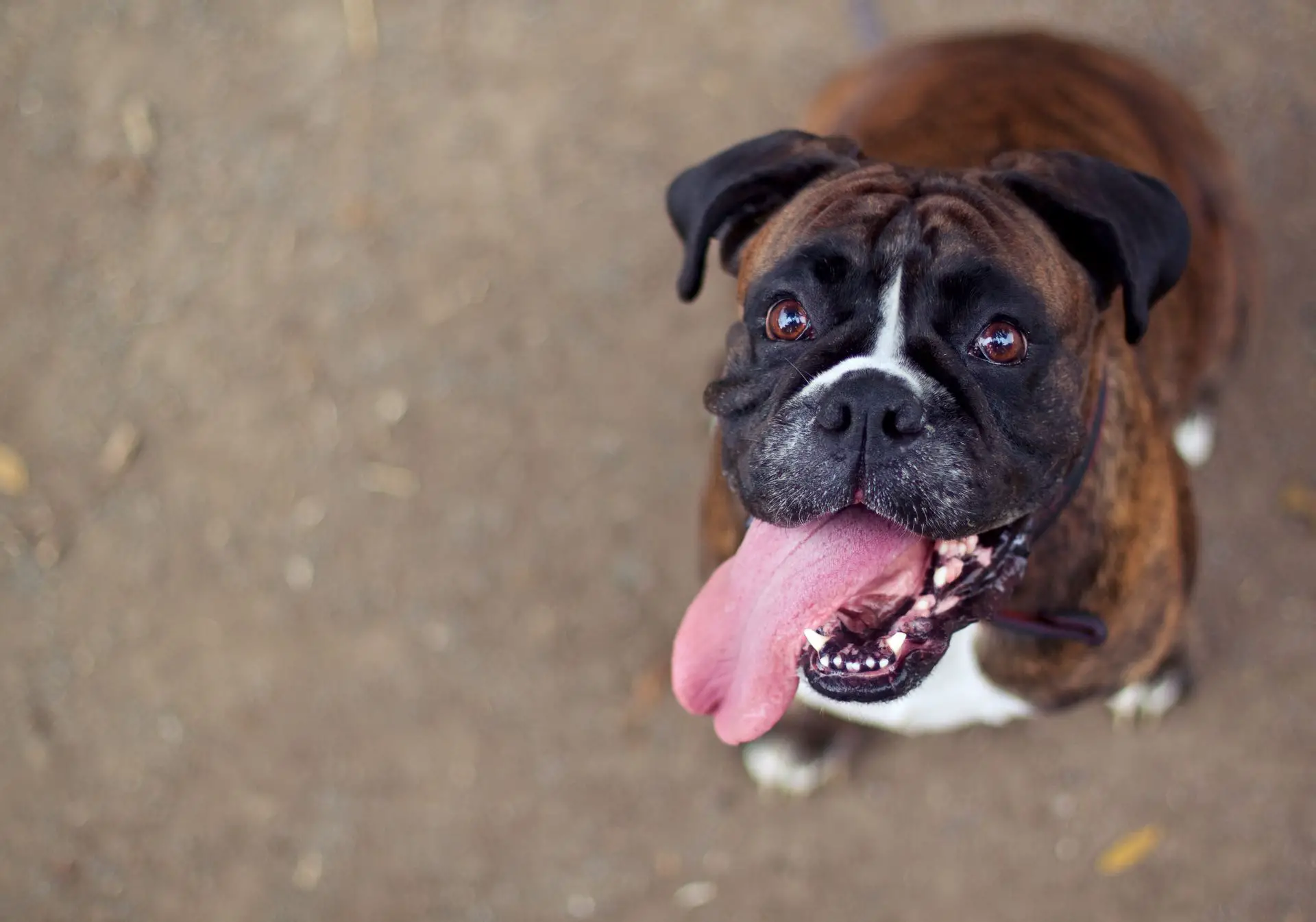From time past, dogs have been acclaimed to be man’s best friend. And true to this claim, many homes and individuals have found loyalty and enduring companionship in different incredible canine breeds.
But like any other non-canine best friend you may already have, your dog could also fall I’ll or get injured. This injury could occur on any part of its body, the penis inclusive. For this reason, we shall be discussing the causes, means of identification, prevention, and treatment of a condition where your furry buddy bleeds from his private area.
How Does an Average Dog Penile Area Appear?
You cannot identify an abnormality in your dog’s penis if you had no idea what its penis looked like while everything was fine.
Usually, if a dog isn’t neutered, the penis is covered with a sheath of skin and other tissues surrounding the non-erect penis. The penis is laced with a layer of mucous that makes it look red. Smegma, which appears greenish or yellowish-white, can sometimes accumulate at the prepuce entrance. This is to be expected as it is usually normal.
When a dog is aroused, his bulbous glands ( glands found on both sides of the penile base) swell with blood. This could also occur in a situation in which the dog was neutered. Full erection causes full extension of the enlarged-rigid penis. A dog penis may remain erect for up to an hour. Even when there is no arousal, a dog’s penis is firm because of a bone, ‘os penis.’
What Could Cause A Dog to Bleed From Its Private Part
1. Bladder inflammation
Dog’s, like humans, could suffer from cystitis ( an inflammation of the walls of the bladder causing accumulation of fluid and swelling in the organ). This condition causes a reduction in the bladder space and exerts more pressure on the available area, which results in frequent urination.
Occasionally blood accompanies the urine, too, due to the inflammation reaction. And so, the blood in urine is a symptom of the underlying health challenge.
2. Prostate dysfunction like prostatitis
This situation occurs mostly in older male dogs due to bacteria species like Mycoplasma, Staphylococcus, Streptococcus, and Escherichia coli. This situation could be treated via intravenous fluid therapy and antibiotics if detected early. But if prostatitis already formed abscesses, only surgery would be sufficient.
3. Tumor
Tumor or diseased enlargement of cells could occur in the penile area due to a variety of reasons. But, whatever the cause, a penile tumor would bring about a change in your dog’s walking posture and even cause it discomfort while it urinates.
4. Kidney stones or nephrolithiasis
Kidney stones could result from an unusual concentration of mineral salts in the dog’s kidneys. This could be due to excessive dehydration, reoccurring UTI, and improper diet. Treatment of this anomaly differs depending on the type of stones present in the kidney.
Although some breeds of dogs are prone to kidney stones, they include; English bulldogs, Shih Tzus, Dalmatians, Lhasa Apsos, Yorkshire Terriers, and miniature poodles.
5. Infection
Bacteria, fungi, and viruses in the urinary tract would most certainly disrupt the dog’s normal body functions; this is why you must endeavor to take great care of your dog and visit the vet doctor regularly to enhance early detection and treatment.
6. Diabetes
Diabetes occurs when there is a lack of insulin in the body. It causes excess blood glucose and creates a favorable environment for bacteria that enters the body and cause bleeding.
7. Chemotherapy
Most times after chemotherapy, the immune system is compromised, and your dog could get infected from the most minute exposure to a disease-causing agent. Therefore, chemotherapy could be another reason, though indirectly, why your dog is bleeding from its private part.
8. Injury to the penis or internal urinary tract
Perhaps while playing with a neighboring dog, a ball, or any other object, its penis got scratched. This would also cause bleeding in its penis,
How to Treat A Dog Which Bleeds from Its Private Part?
For each of these conditions that may have been the cause of the bleeding you observed on your dog’s penis, it would be necessary to visit the vet clinic. This is because most of these conditions would almost always require surgery before they can be corrected.
Conclusion
If your dog wasn’t neutered, the presence of blood in the urine and penile area of your dog is indicative of danger. Therefore, you mustn’t delay in attempts to reach out for a plausible solution. Visit the vet clinic when you observe such tendencies, and for the sake of your canine buddy, get the needed help.





